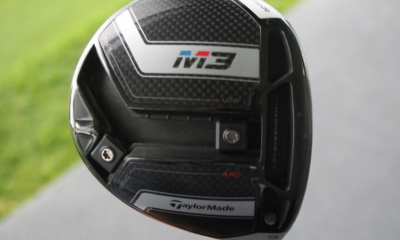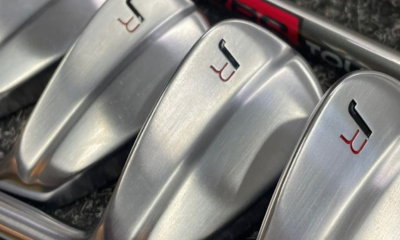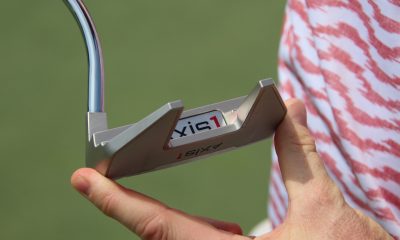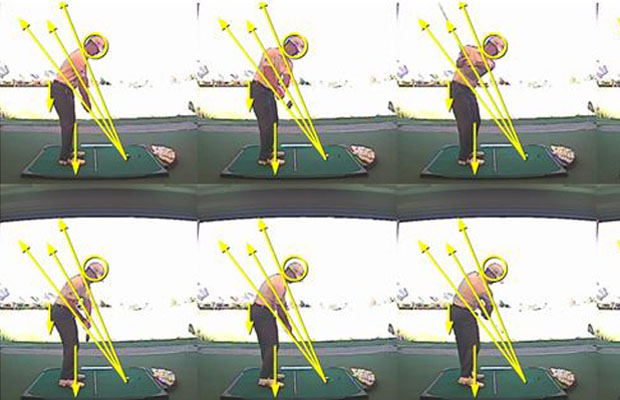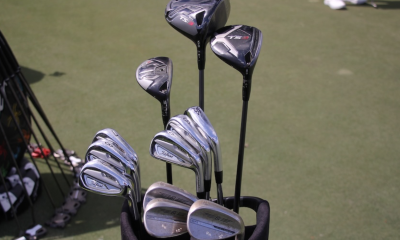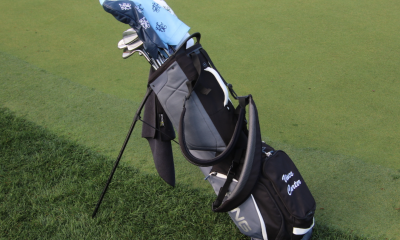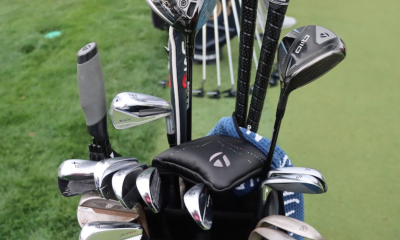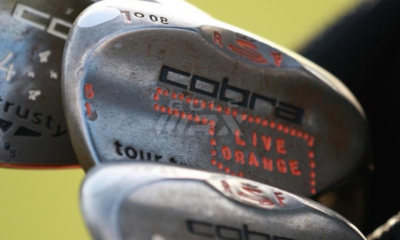Equipment
TrackMan 4 vs. GCQuad: Full tech breakdown (plus Justin Rose explains why he uses both)
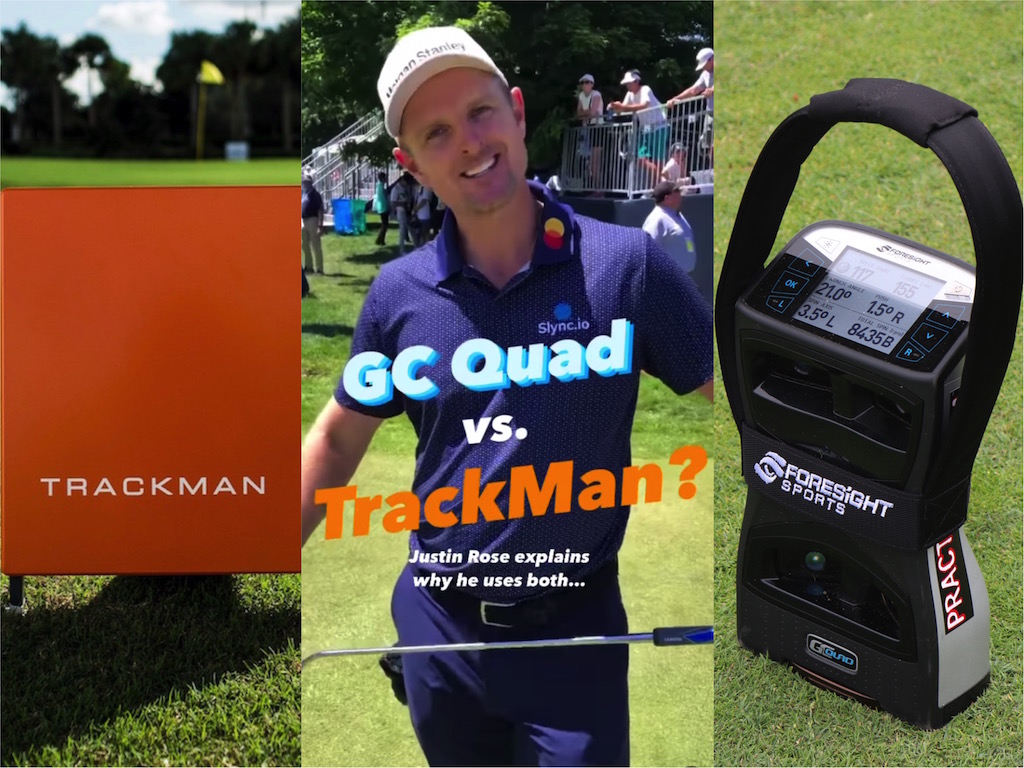
If you walk up and down the range at a PGA Tour event, you’ll notice that nearly every player has a portable launch monitor setup at their practice station. They either have one behind their hitting station, pointing directly down the target line (TrackMan), or in front of them, facing perpendicular to the target line (Foresight Sports GCQuad).
(It should be noted that some players use FlightScope, Full Swing, or another launch monitor system, but for the purposes of this article, we’ll be focusing on TrackMan and GCQuad)
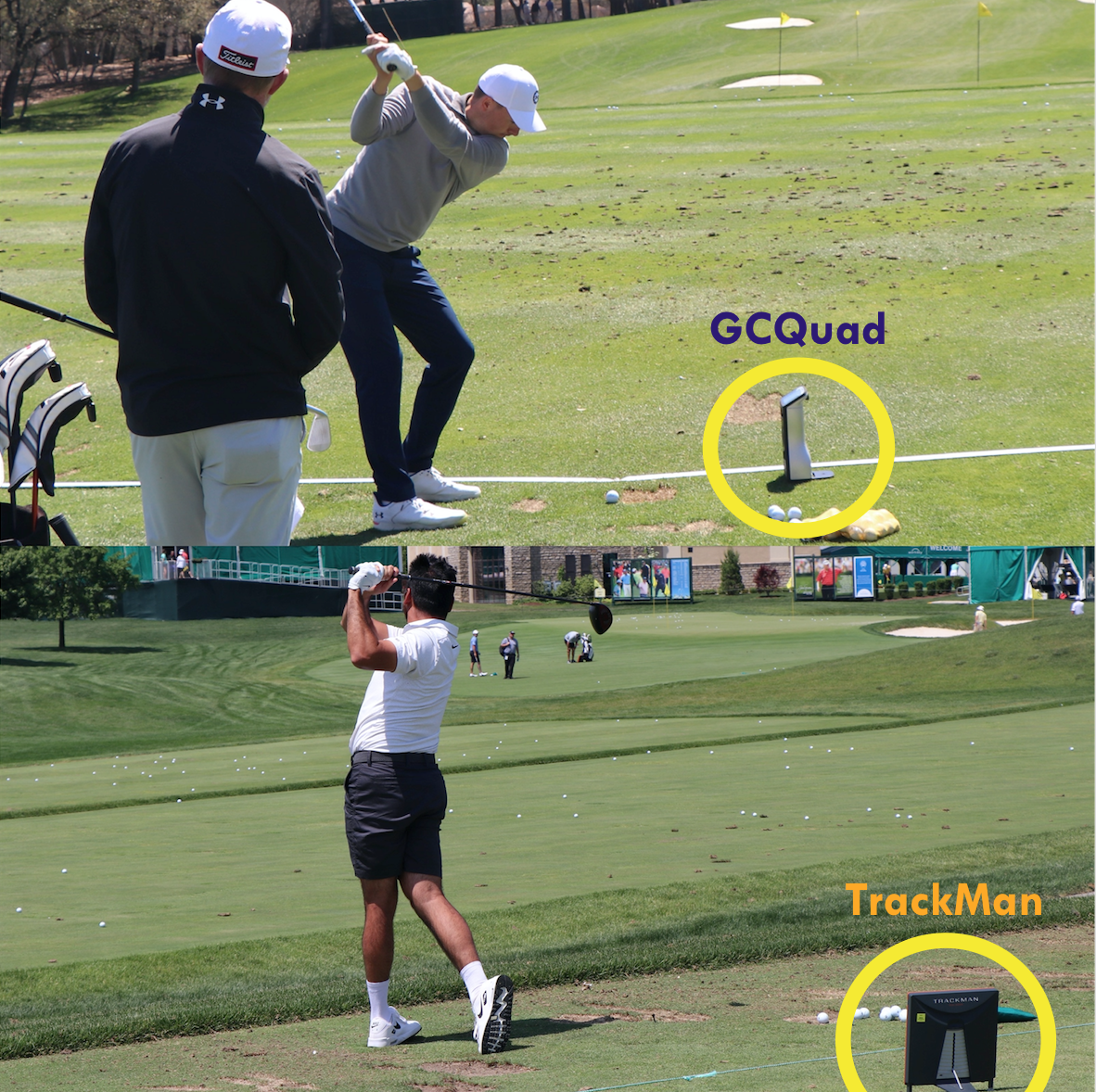
Jordan Spieth (top) was using a Foresight Sports GCQuad at the 2022 WGC-Dell Technologies Match Play, while Jason Day was using a TrackMan 4 during a testing session at the 2022 Memorial Tournament presented by Workday.
Sometimes, a player will actually have both TrackMan and GCQuad launch monitors functioning simultaneously. Justin Rose is one of the players who uses both.
Earlier this year, at the 2022 U.S. Open, I asked Rose why he uses both launch monitor systems at the same time, because, wouldn’t that be a bit redundant?
Before getting into his answer, I wanted to provide an overview of the differences between the TrackMan 4 and Foresight Sports GCQuad systems, and what they measure. The science and engineering behind these systems can get extremely complicated if you get too deep in the weeds, but let’s try to make this as simple as possible.
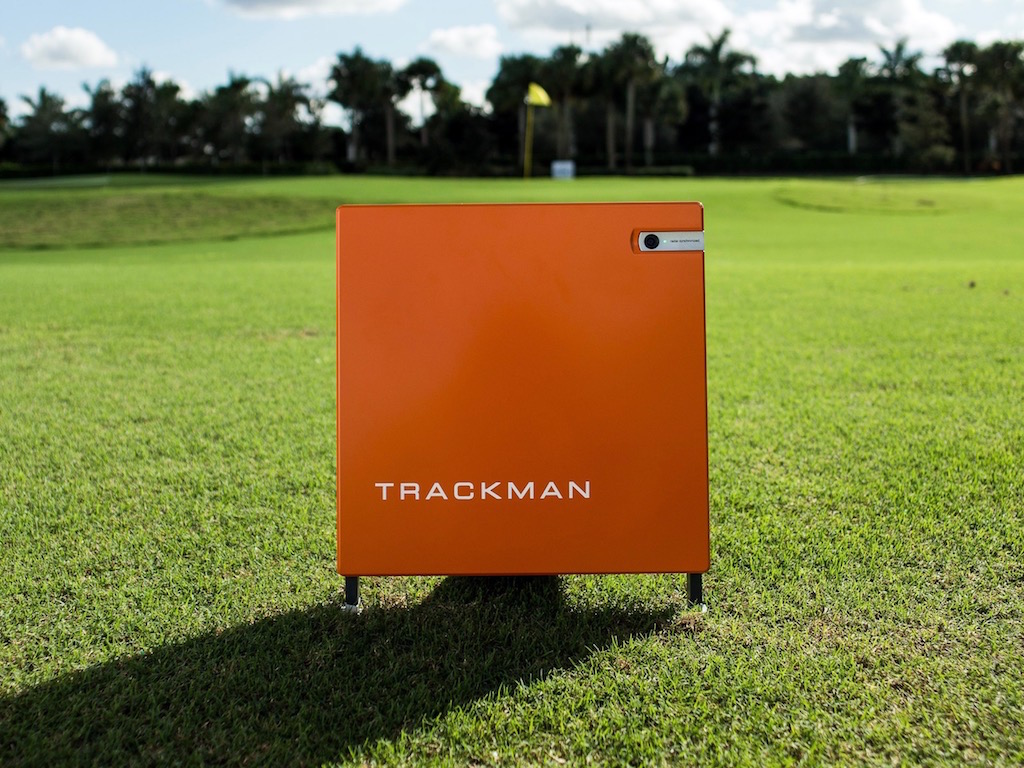
The TrackMan 4 unit ($21,495) – which is the unit that most TrackMan users on Tour currently use – tracks the full trajectory of the golf ball using a dual-radar system combined with OERT (Optically Enhanced Radar Tracking). According to TrackMan, the “OERT synchronizes an inbuilt full HD video camera with the dual radar system to give you the most accurate analysis possible.” Basically, it combines doppler radar and camera technology to track the golf ball and golf club.

Here’s an example of the data feedback you might see from a TrackMan 4, displayed through a computer screen (photo credit: lukecollinsgolf.com)
It should be noted that TrackMan can run in multiple modes, including unnormalized (unaltered data from the full ball flight), normalized (calculates how a ball would fly without wind, and allows users to adjust for ball type, temperature and elevation), and indoor (hitting into a net). In the unnormalized mode, it measures the full flight of the golf ball, from impact until it hits the ground. In the normalized or indoor modes, TrackMan takes impact and initial launch conditions and determines the remainder of the flight data using calculations.
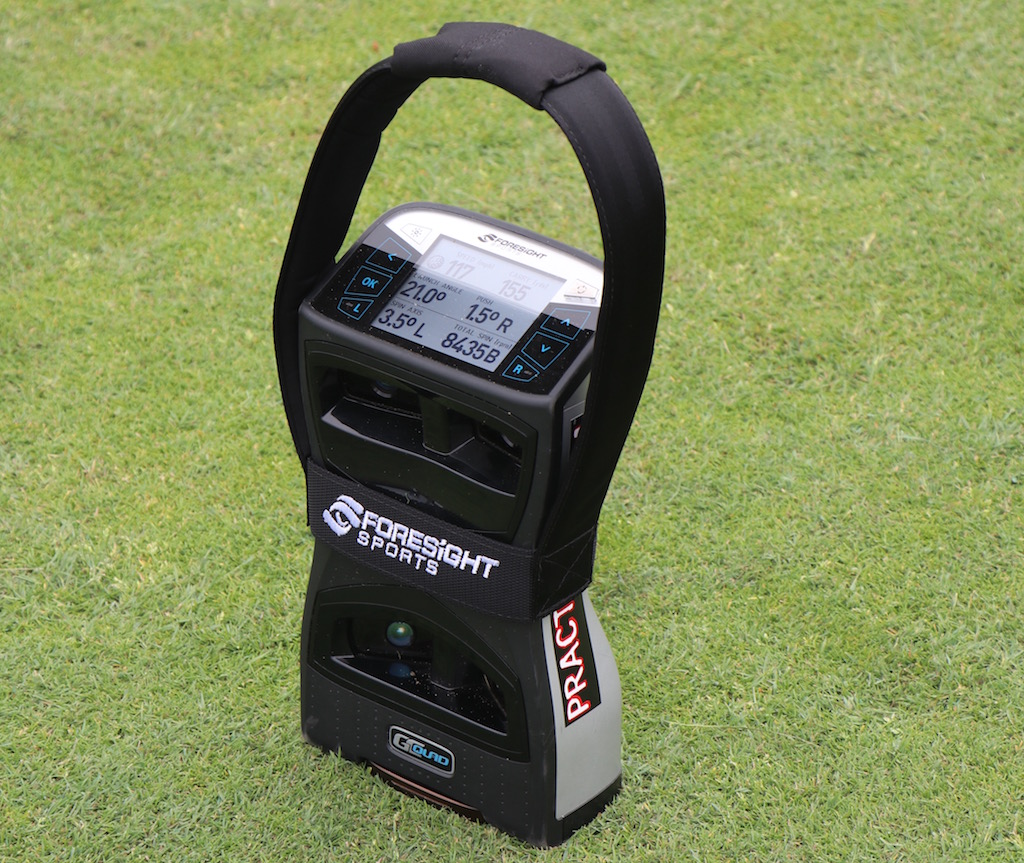
Available in limited qualities to PGA Tour players, Foresight Sports is offering a velcro strap to make the GCQuad easier to carry.
The Foresight Sports GCQuad ($14,500), on the other hand, is Quadrascopic, meaning it uses a 4-camera system. The GCQuad captures data from within the strike zone, and it uses photometric measurements from a side-on angle to measure both golf ball and club data. According to a Foresight Sports representative, “All club delivery and ball launch data is measured, not calculated, or derived from other data parameters.”
Basically, the GCQuad system takes the measurements of the launch conditions and club positions at impact using its custom camera lenses, then determines the remainder of the ball flight metrics using calculations. The GCQuad also makes adjustments to carry distance based on atmospheric pressure, temperature and elevation using a built-in thermometer/barometric altitude sensor, and users can customize altitude.
The GCQuad also has different modes, depending on how many reflective dots you place on the face of the golf club. The graphic below, which is a screenshot from ForesightSports.com, highlights the differences of those modes.
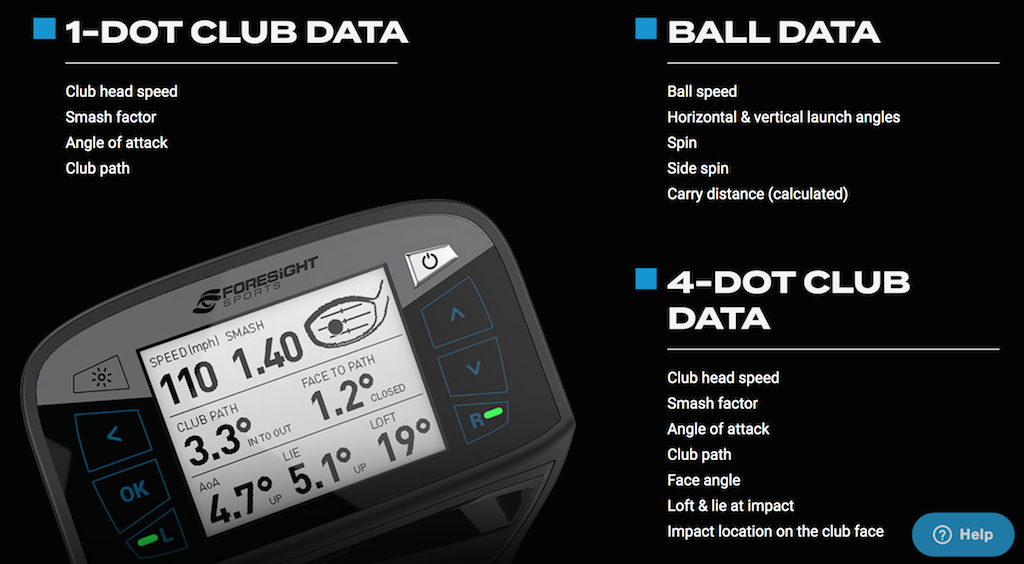
In the real world setting at PGA Tour driving ranges, there’s a few pros and cons to using one system versus the other.
When using a TrackMan, players set up the unit behind the golf ball, and the system displays data feedback on a separate smart device (a tablet, cell phone, or laptop). There are no reflective dots necessary to gauge extensive club data. The GCQuad, on the other hand, gets placed on a side-on angle to the golf ball (a.k.a., facing the player at address) and displays golf ball data directly onto the screen of the unit. For more extensive club data when using the GCQuad, reflective dots must be used, but remember, they are illegal during competition to leave on the face, so players must remember to remove them before play.
There are a few other points of note to consider between the two launch monitors:
1) TrackMan measures club impact parameters by identifying the geometrical center point of the the club head using radar, whereas GCQuad measures the front of the face from a side-on angle using cameras.
2) TrackMan derives spin axis using calculations based on either initial flight (the first 30 yards of flight in outdoor mode), or spin loft and face-to-path ratio (indoor mode), whereas the GCQuad measures the rotation of the golf ball as it launches.
3) TrackMan reports that its dual-radar system captures data at 40,000 frames per second, whereas GCQuad reports that it captures around 10,000 frames per second.
4) TrackMan has performance tools such as the TrackMan Combine – which is a test of strengths and weaknesses – and Test Center 2.0.
All things considered, in a practical sense, since the TrackMan requires multiple devices to see real-time feedback on a shot, the GCQuad is a bit more portable and offers the player immediate ball data just by looking at the unit’s screen. While the TrackMan can be used on the course – and plenty of PGA Tour players do take TrackMan units around with them during a practice round – the GCQuad sees more use on shots hit during practice rounds on the course. TrackMan, however, provides more data points in terms of club data without a barrier to entry of using reflective dots.
As mentioned before, there are pros and cons to each system.
Of course, accuracy is of upmost importance to both players and their coaches, but that’s for them to determine which one is best for their purposes.
Here’s a cool point of note when using both systems simultaneously: players can actually identify the effect of wind on distance in a given environment. Using a TrackMan in the unnormalized mode (where it tracks the full ball flight), combined with a GCQuad (which factors in temperature, air density, and elevation, but not wind), players can simply take the difference in distance between the TrackMan distance (which accounts for actual flight in the wind), and the GCQuad distance (which doesn’t account for wind). For example, say an unnormalized TrackMan measures the shot at 142 yards, but the GCQuad measures it at 145 yards; the effect of wind on that shot would be 3 yards.
OK, so let’s get out of the weeds and into why Rose decides to use both during his practice sessions.
Justin Rose says…
View this post on Instagram
“I use both out of laziness a little bit,” Rose told GolfWRX ahead of the 2022 U.S. Open. “I think the TrackMan can do…they can both do the job of each other, right? But it just depends how you like to see it. From the players point of view, I like the quick reference point the Quad gives me, and then my coach will love the detail that the TrackMan gives him, whether that be attack angle, where the low point is, dynamic swing plane, that type of stuff, which is telling him how the handle of the club is working through the ball. Versus, I’m just trying to get ball speed, and spin, and distance. Those are the quick things that I’m keying into, and the coach is keying into some of the technical side of the swing.”
To see more equipment interviews with PGA Tour players, head over to our @GolfWRX Instagram page.
- LIKE38
- LEGIT9
- WOW5
- LOL3
- IDHT3
- FLOP4
- OB3
- SHANK5
Whats in the Bag
Russell Henley WITB 2024 (March)
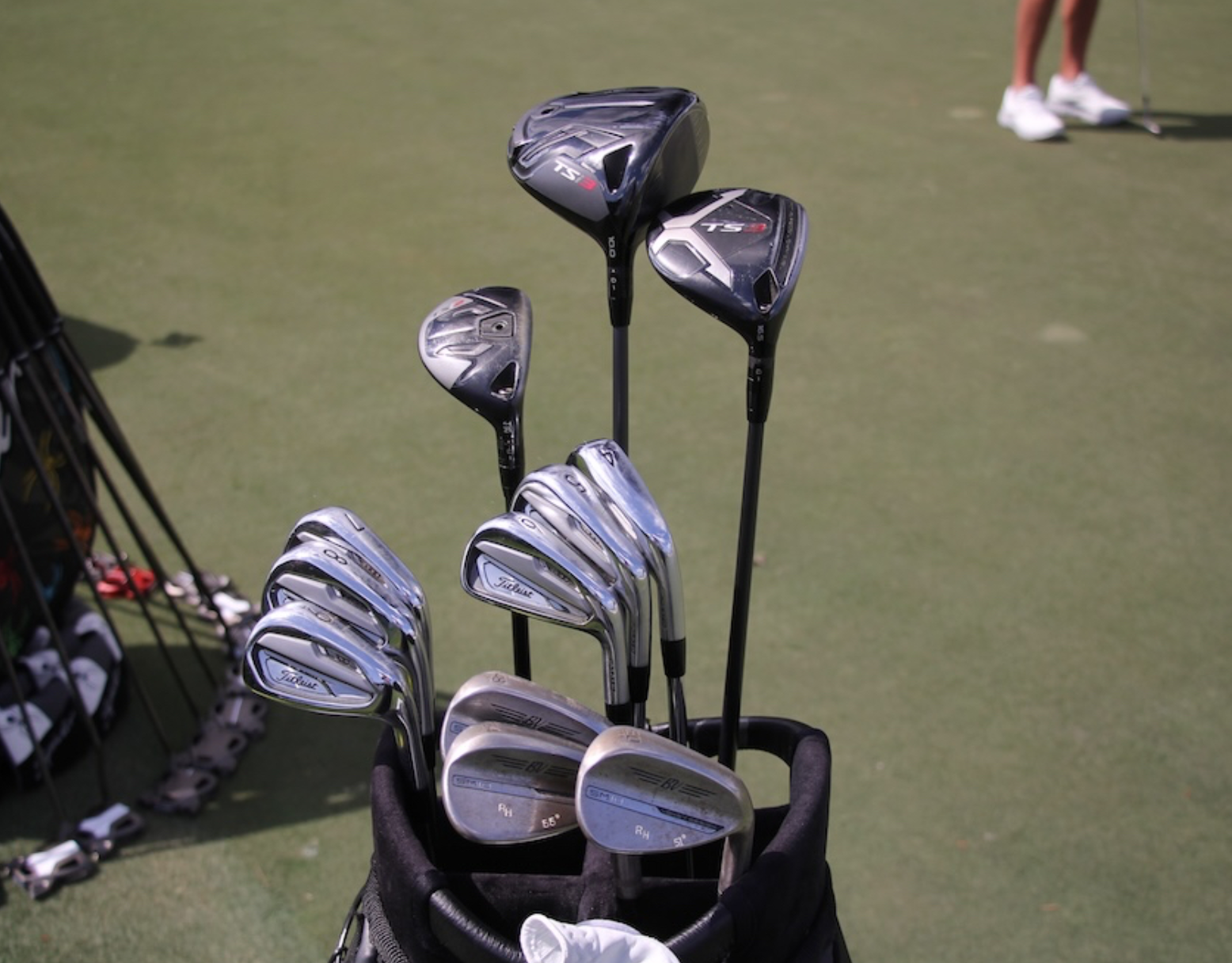
- Russell Henley WITB accurate as of the Cognizant Classic.
Driver: Titleist TSi3 (10 degrees, B1 SureFit setting)
Shaft: Project X HZRDUS Smoke Black 70 6.5 TX
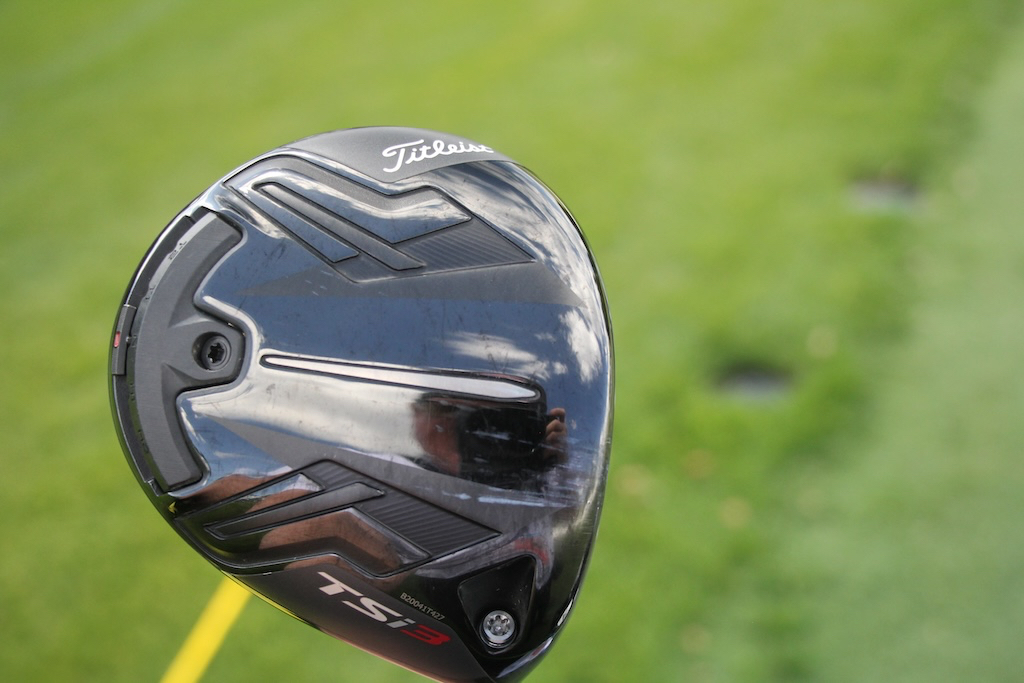
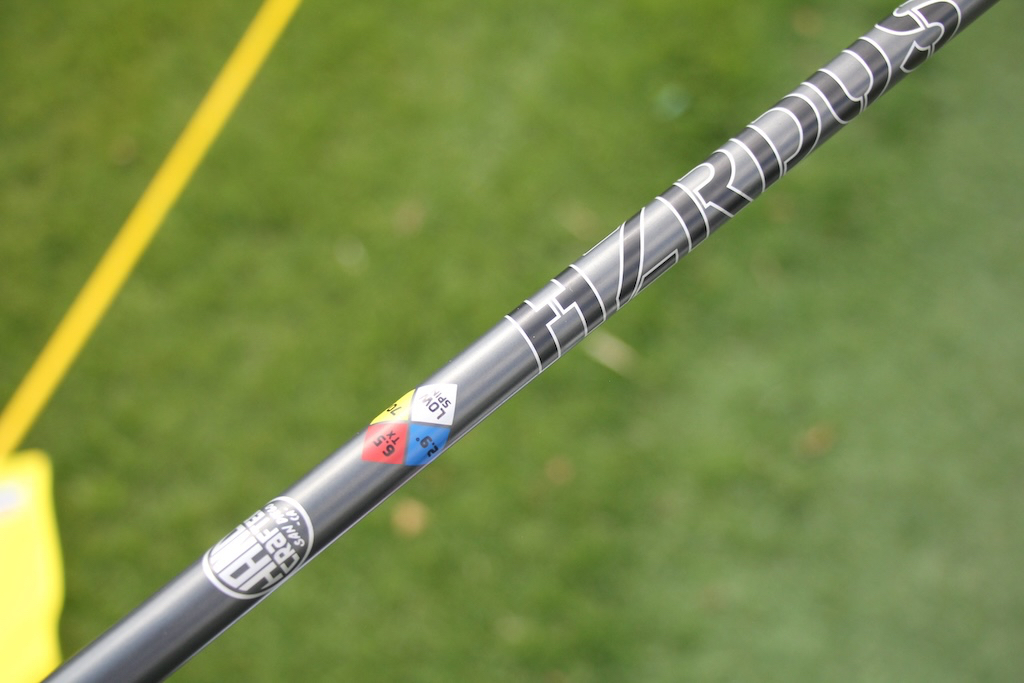
3-wood: Titleist TS3 (16.5 degrees, D1 SureFit setting)
Shaft: Project X HZRDUS Smoke Black 80 TX
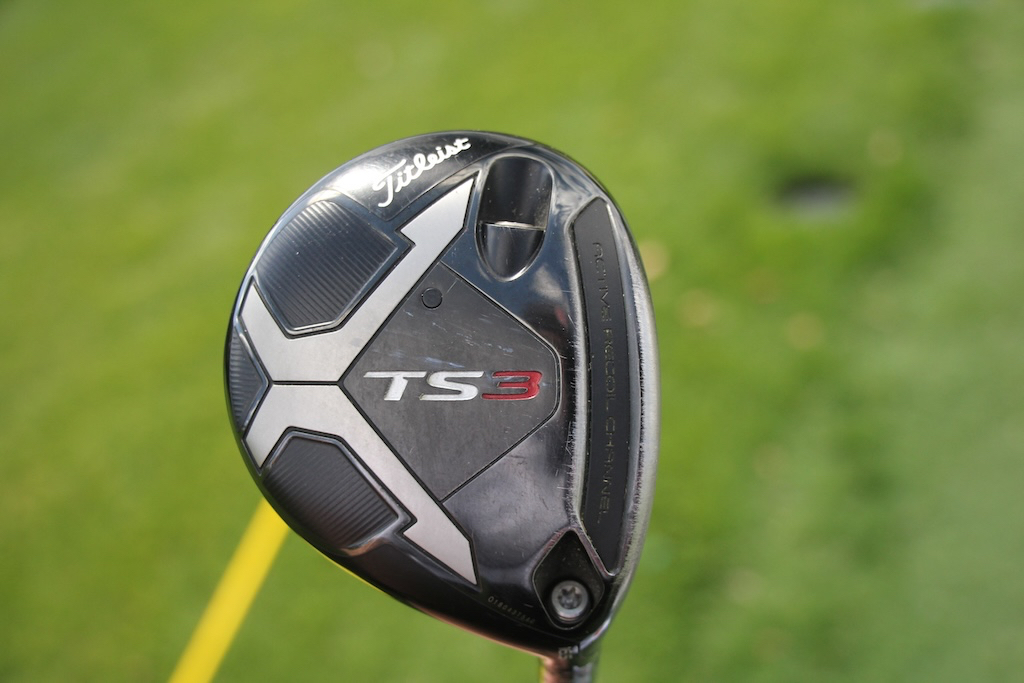
Hybrid: Titleist TSi2 (21 degrees)
Shaft: Mitsubishi MMT Hybrid 100 TX
Irons: Titleist T100 (4-9)
Shafts: True Temper Dynamic Gold AMT (4-6), True Temper Dynamic Gold Tour Issue S400 (7-9)
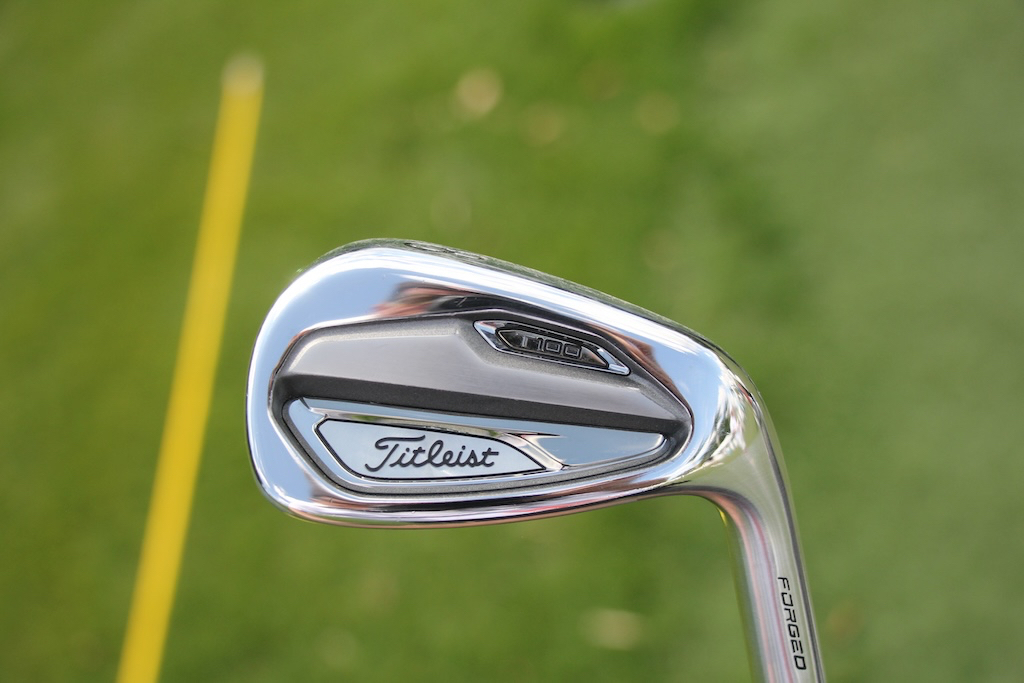
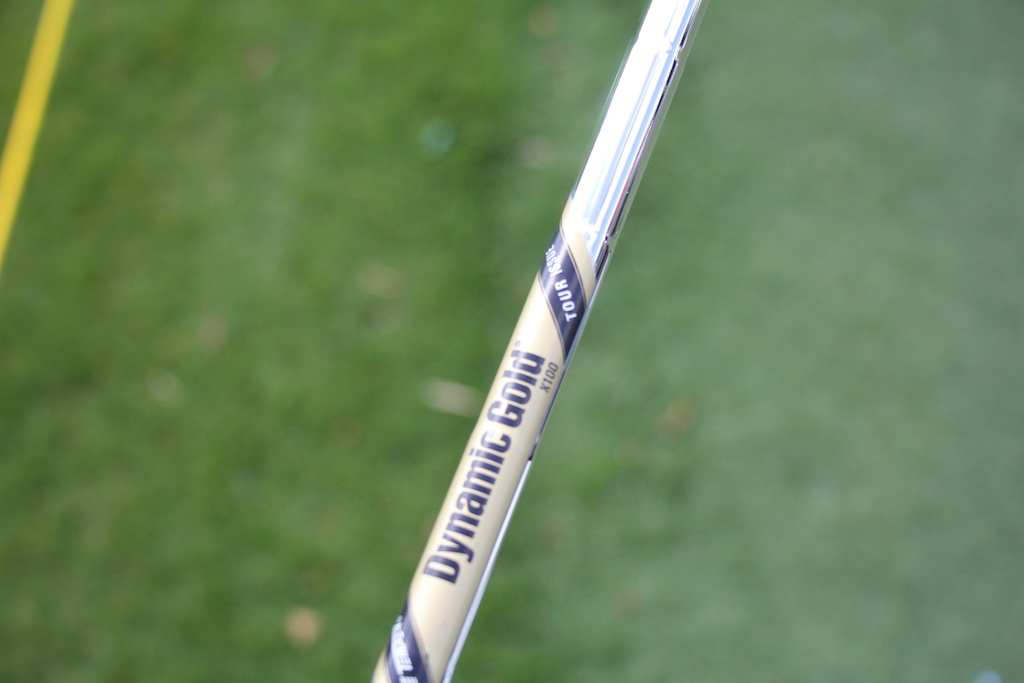
Wedges: Titleist Vokey Design SM10 (48-10F @47, 50-08F @51, 54-10S, @55, 60-04T)
Shafts: True Temper Dynamic Gold Tour Issue S400
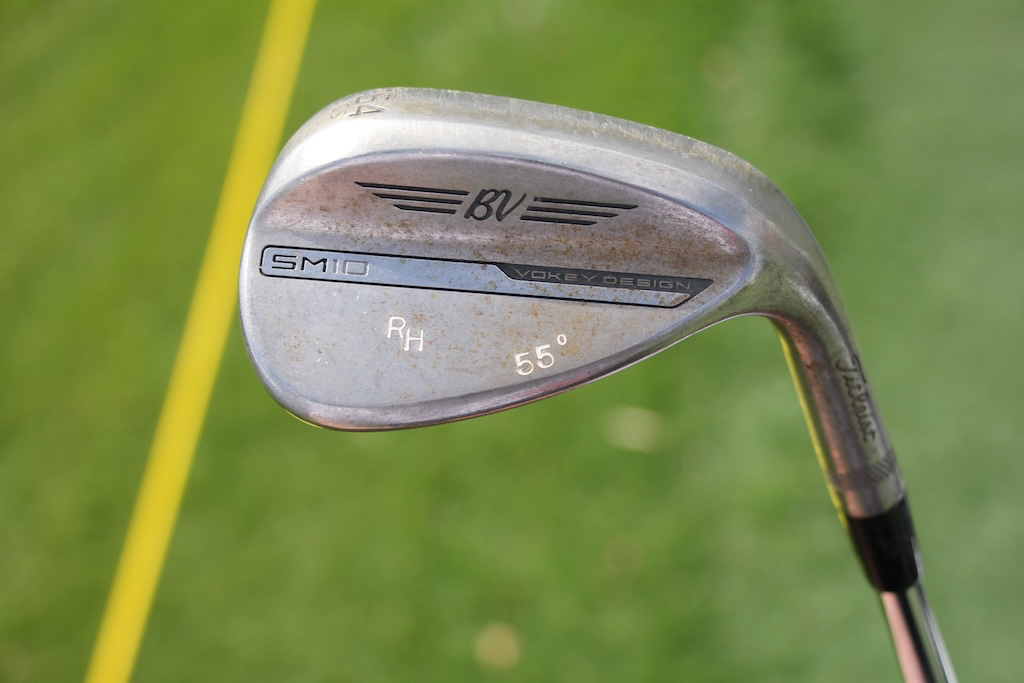
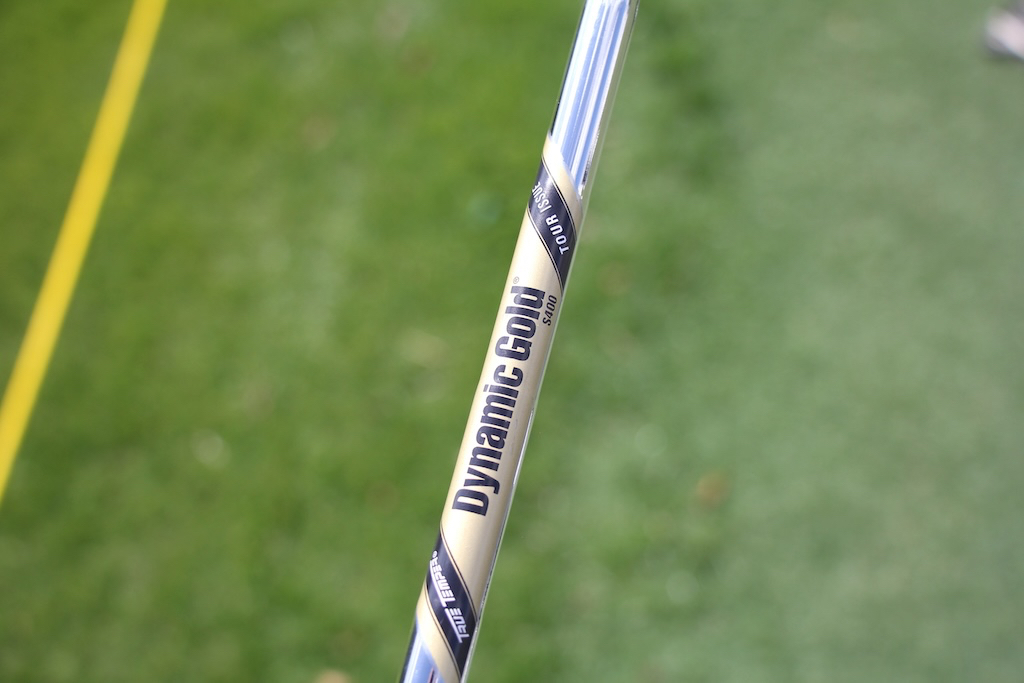
Putter: Scotty Cameron T5 Prototype
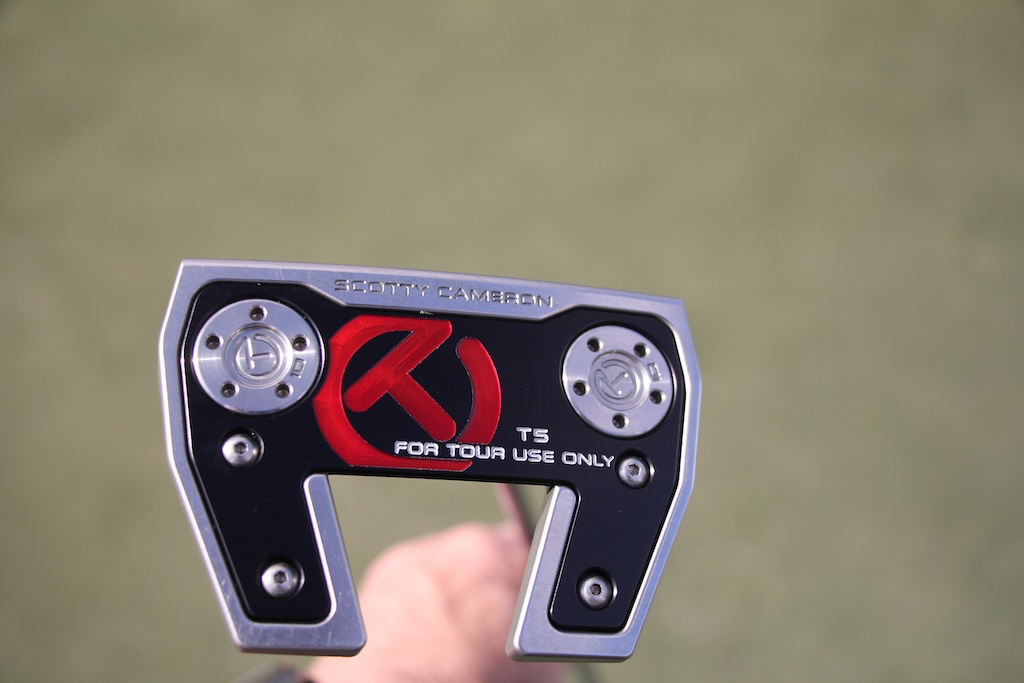
Grips: Golf Pride Tour Velvet
Ball: Titleist Pro V1x
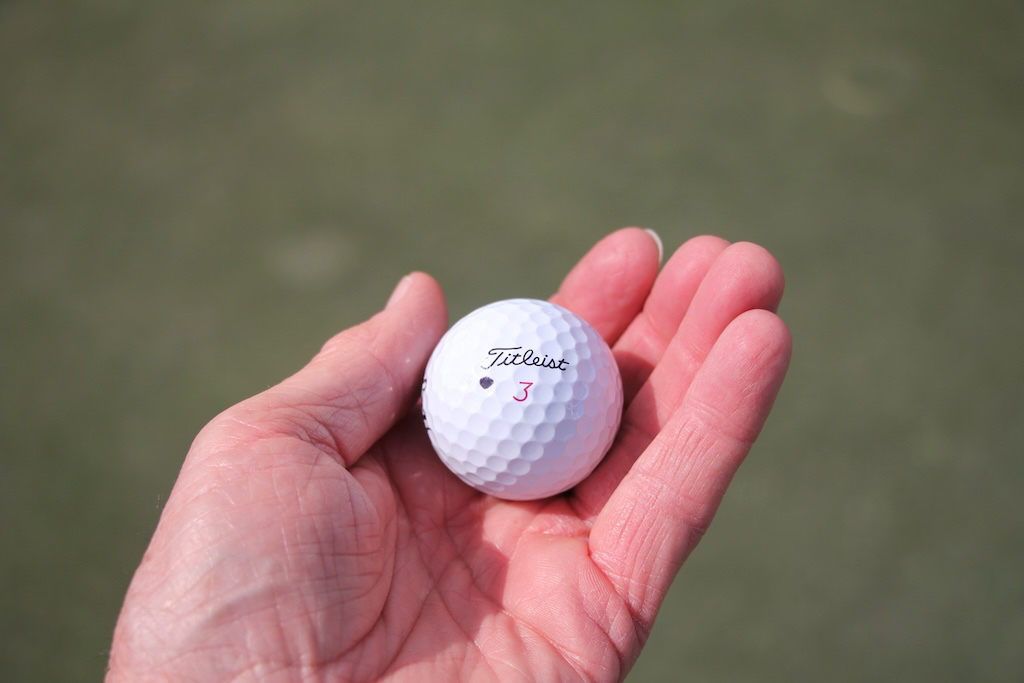
- LIKE0
- LEGIT0
- WOW0
- LOL0
- IDHT0
- FLOP0
- OB0
- SHANK0
Whats in the Bag
Vince Carter WITB 2024 (March)
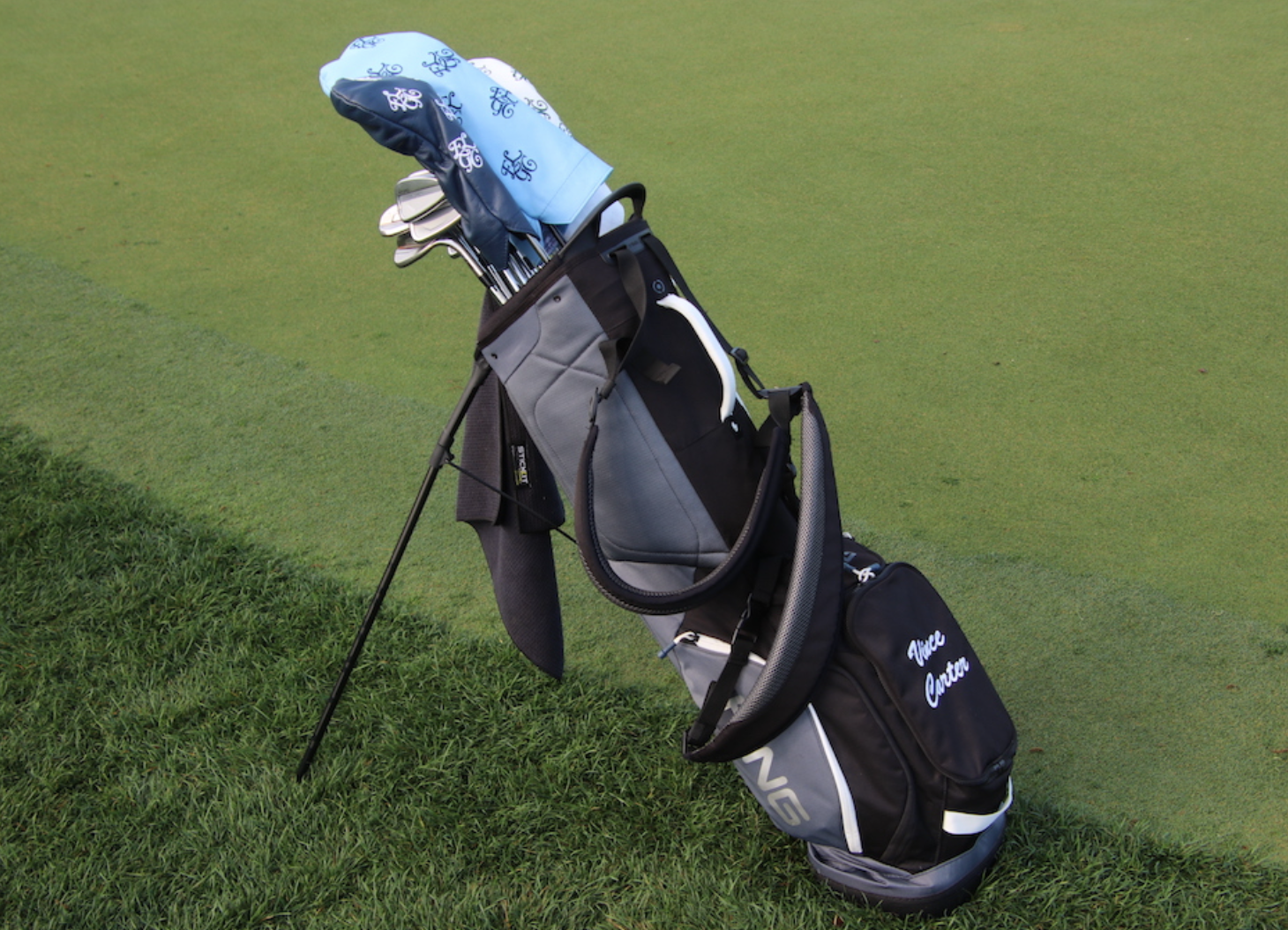
- The NBA legend was teeing it up in the Arnold Palmer Invitational Pro-Am.

Driver: Ping G430 Max 10K (9 degrees)
3-wood: Ping G430 Max (15 degrees)
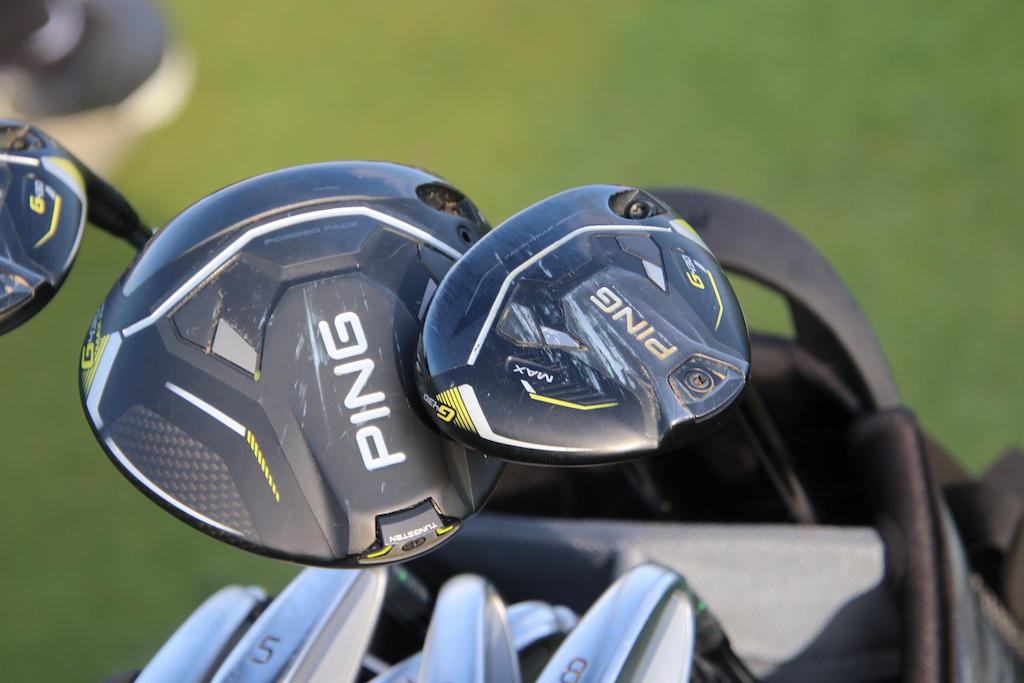
7-wood: Ping G430 Max (21 degrees)
Irons: Ping i230 (4-PW)
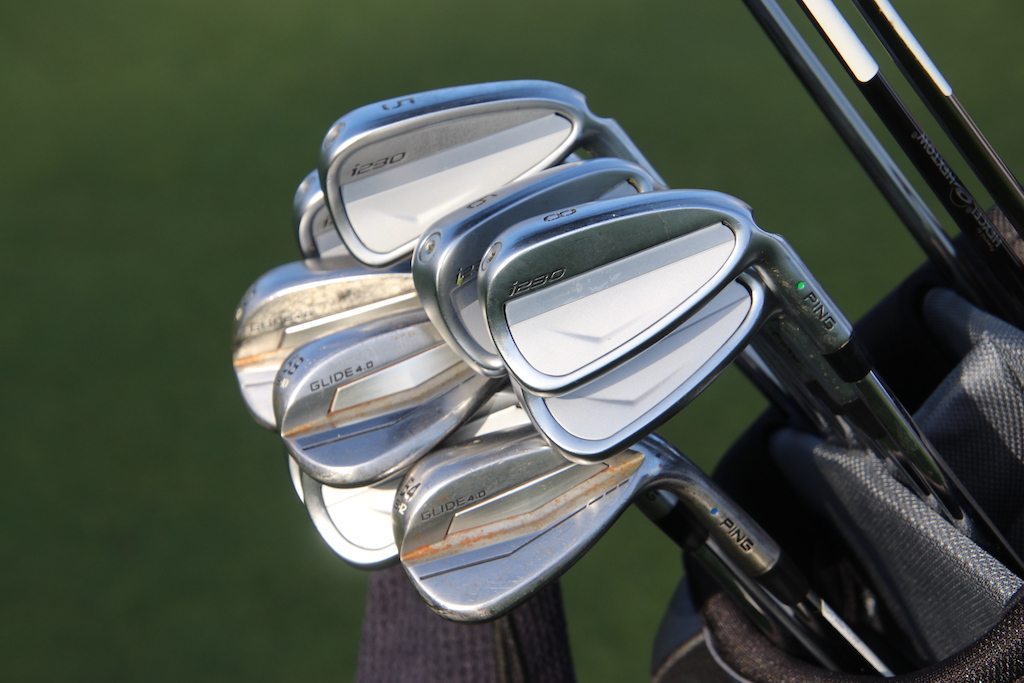
Wedges: Ping Glide 4.0 (50, 54, 58)
Putter: Ping
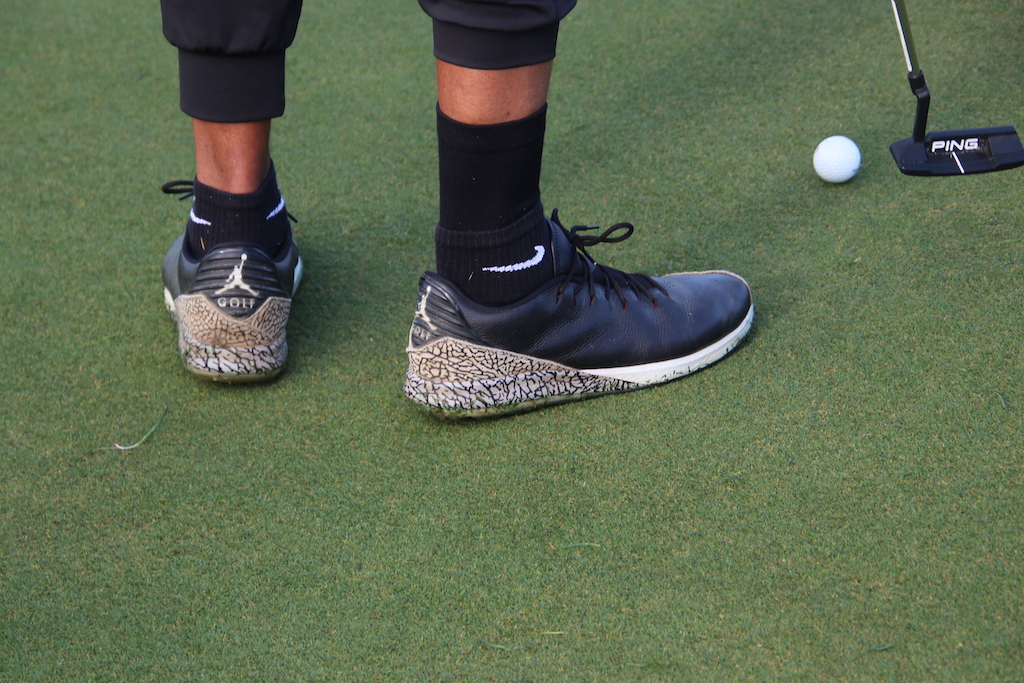
Ball: Renegade Mbu
Check out more photos of Vince Carter’s WITB here.
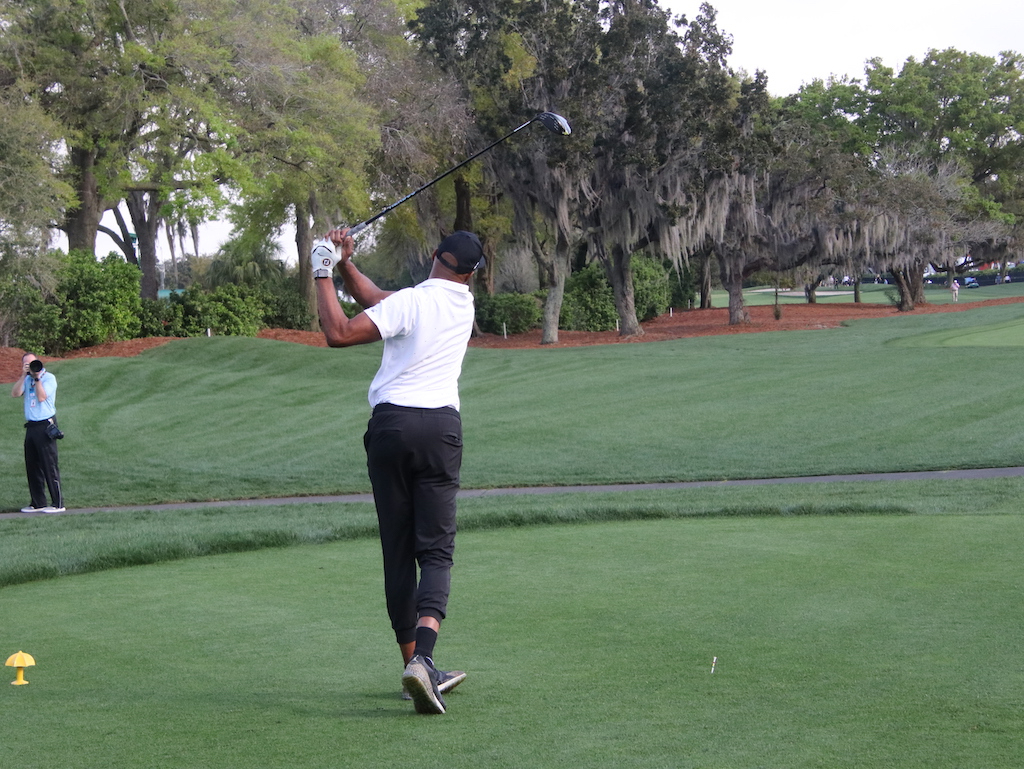
- LIKE3
- LEGIT0
- WOW0
- LOL1
- IDHT0
- FLOP0
- OB0
- SHANK0
Equipment
From the Forums: I need more forgiveness in my irons – Looking for recommendations
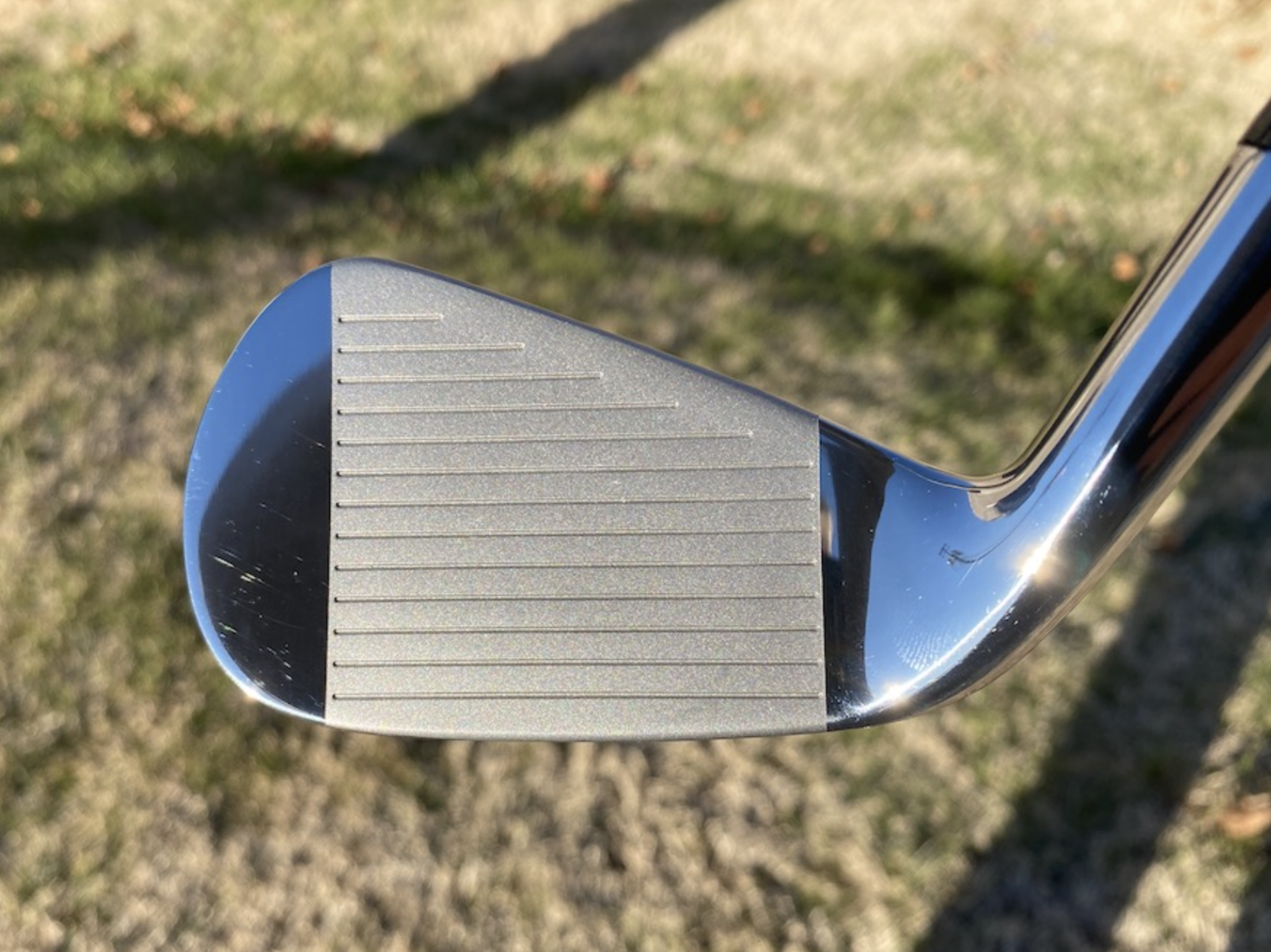
In our forums, our members have been discussing the most forgiving irons currently on the market. WRXer ‘TheShark1’ is on the hunt for a new set of irons, saying:
“Currently gaming the Mizuno Pro 225’s but think I need more forgiveness in my irons. My well struck shots are real nice, but my mishits are not performing as good as I had hoped anymore. I really like hollow body irons so if I could find something more forgiving in a hollow body iron that would be great.
Open to any and all recommendations other than Ping. Can’t hit Ping irons at all.”
And our members have been sharing their best suggestions in our forum.
Here are a few posts from the thread, but make sure to check out the entire discussion and have your say at the link below.
- AvidSwampThing66: “Another vote for the super forgiving and fast Paradym irons. They look really good for being a GI iron.”
- bobfoster: “I just went from MP20 MMCs to the new 245s in my scoring irons (just played my first round with them today). If you have a chance to try them, you might find them worth a serious look.”
- vman: “Shoot me down, but spend the money on lessons.”
- J_Tizzle: “i525s are great off the heel in my opinion.”
Entire Thread: “From the Forums: I need more forgiveness in my irons – Looking for recommendations”
- LIKE4
- LEGIT1
- WOW0
- LOL3
- IDHT0
- FLOP0
- OB0
- SHANK1
-

 19th Hole3 weeks ago
19th Hole3 weeks agoTour pro calls Anthony Kim a ‘f*****g idiot’ following Instagram comeback post
-

 19th Hole3 weeks ago
19th Hole3 weeks agoThis Rory McIlroy post-round ‘The Match’ moment is going viral…but all is likely not what it seems
-

 Whats in the Bag3 weeks ago
Whats in the Bag3 weeks agoAnthony Kim WITB 2024 (February)
-
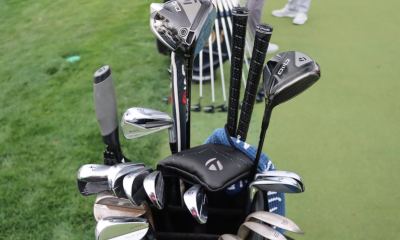
 Whats in the Bag2 weeks ago
Whats in the Bag2 weeks agoScottie Scheffler WITB 2024 (March)
-

 19th Hole3 weeks ago
19th Hole3 weeks agoAnthony Kim’s speculated LIV Golf sign-on fee may surprise you
-
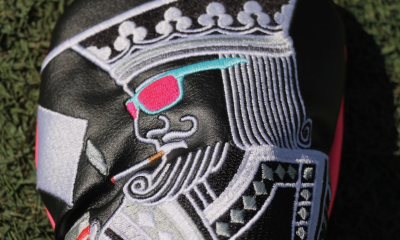
 Tour Photo Galleries2 weeks ago
Tour Photo Galleries2 weeks agoPhotos from the 2024 Arnold Palmer Invitational
-
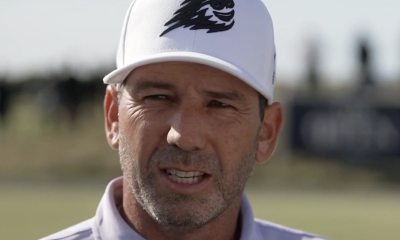
 19th Hole2 weeks ago
19th Hole2 weeks agoThe total sum that Sergio Garcia needs to pay in fines if he wants to return to DP World Tour revealed
-

 19th Hole2 weeks ago
19th Hole2 weeks agoJoaquin Niemann names 3 PGA Tour events he’d love to play each year ‘in a perfect world’



